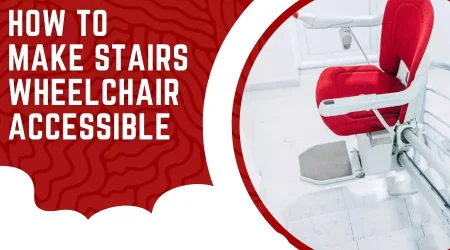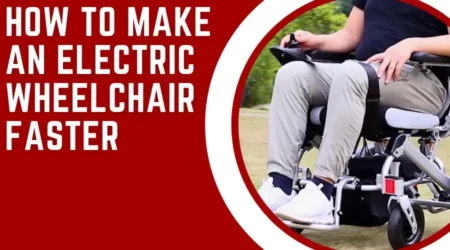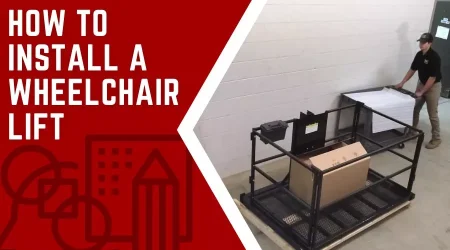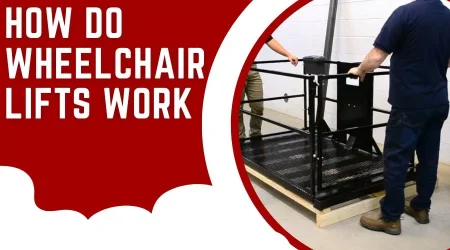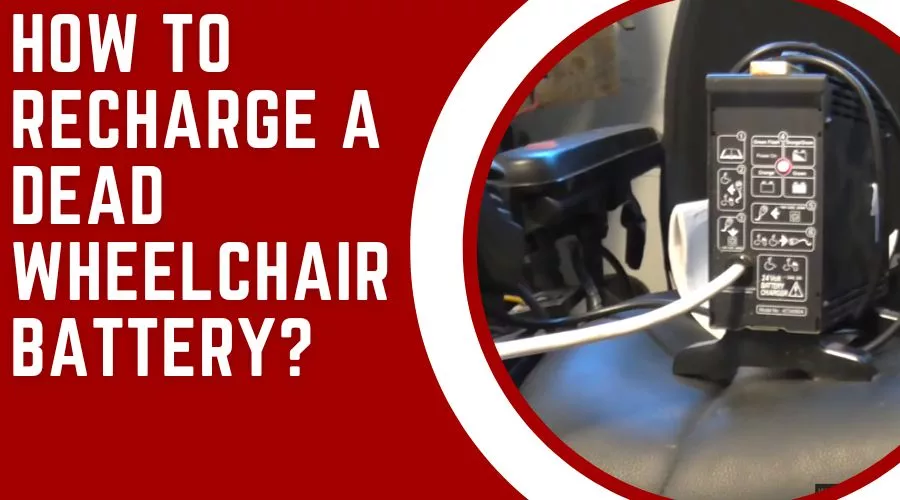
A wheelchair battery that’s been dead for a while might seem like a useless piece of equipment, but there are actually a few ways you can charge it up again.
We’ll go over a couple of solutions to your query about how to recharge a dead wheelchair battery today.
Once you’ve charged up your wheelchair battery, you’ll be able to get back out there and enjoy life to the fullest!
If you’ve ever had to charge a wheelchair battery, you know that it can be a tricky process. Fortunately, there are a few simple steps that make charging the battery snap.
I will detail the processes necessary to charge a wheelchair battery and offer suggestions for making the process as simple and painless as possible.
So read on and get ready to charge your wheelchair battery with ease!
The Anatomy of a Wheelchair
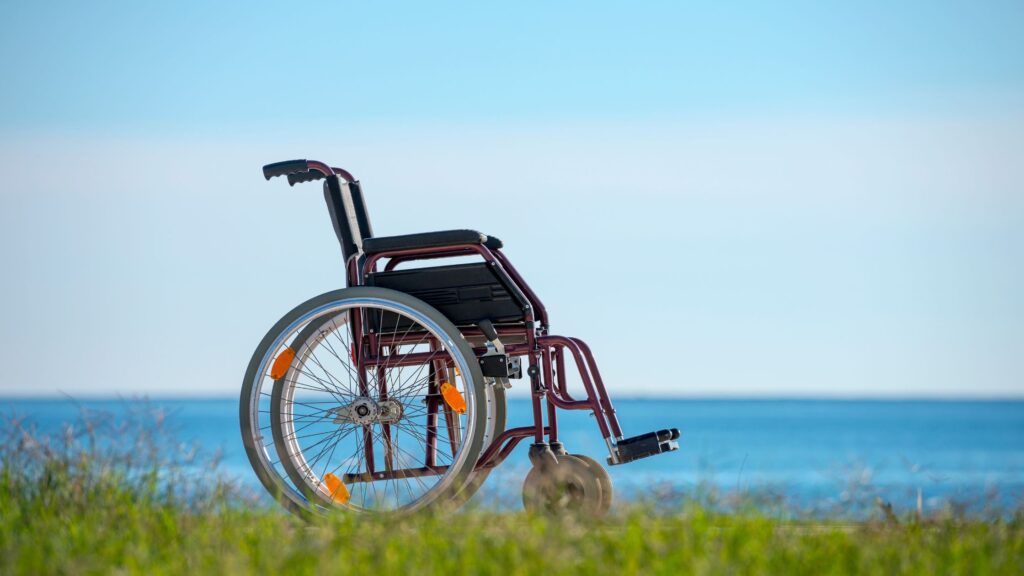
A wheelchair is a specially designed vehicle that helps people with mobility disabilities move around..
It consists of three basic parts: the frame, the seat, and the footrest.
The frame is usually made from strong, sturdy materials like metal or plastic. It supports the weight of the person inside and allows them to move around easily.
The seat is usually adjustable so that it can fit different body shapes and sizes. The footrest provides stability for the feet and allows them to rest comfortably while seated.
Wheelchairs are often fitted with motors that help them move smoothly across surfaces. They also come with sensors that allow them to detect obstacles and navigate accordingly.
Common Issues with Wheelchairs
When it comes to wheelchairs, there are a few common issues that people commonly run into.

Here are just a few of them:
Wheels don’t always turn smoothly. This can be a problem when you’re trying to move or maneuver the chair, and can also lead to stability problems.
The brakes don’t always work as they should. This can make it difficult to stop the wheelchair quickly in an emergency, and also cause accidents.
The handlebars are too high or low, making it difficult or impossible to reach them with your hands.
The seat is uncomfortable or too short, making it hard to stay seated for long periods of time.
Problems with Charging Wheelchair battery
There are a number of problems that can arise when charging a wheelchair battery. Chief among these is the risk of fire.
Wheelchair batteries contain twice as much acid as conventional batteries, making them flammable if not properly charged or handled.
Another problem with charging medical wheelchair batteries is that they often take longer to charge than regular batteries.
This is because they require a higher current to be drawn from the power supply, which means that it takes longer for the current to reach the battery.
Charging wheelchair batteries often requires sophisticated equipment not found in homes or offices.
Perhaps the most common problem with charging wheelchair batteries is that they often do not hold their charge for very long.
This is because they are usually designed for use in specific environments like hospitals or laboratories and are not meant for everyday use in homes or workplaces.
As such, they tend to lose their charge relatively quickly when used outside of their specified context.
How Do You Test A Wheelchair Battery?
Testing a wheelchair battery is important in order to ensure that the battery is working properly and will last a long time.
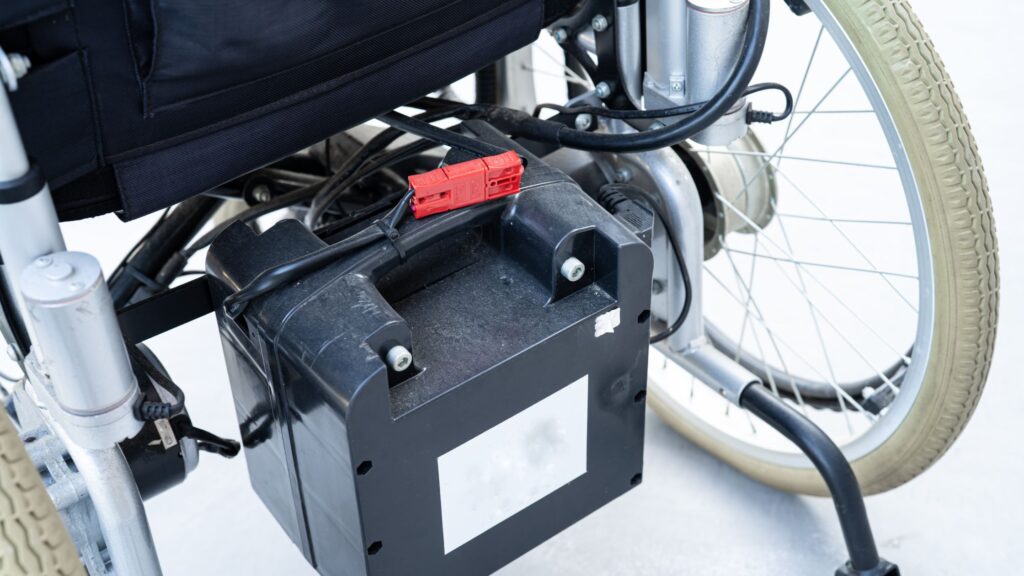
A motorized wheelchair battery can be tested in a number of unique ways, but the most popular approach is with an ohmmeter.
To use an ohmmeter, you need to determine the voltage of the battery.
To do this, you need to connect the ohmmeter probe to one of the terminals on the battery and then measure the voltage between the probes.
Measure the resistance between the two probes to determine how much current is flowing through the battery.
This information will tell you how much power is being used by the battery and how long it will last.
What Is A Dead Wheelchair Battery?
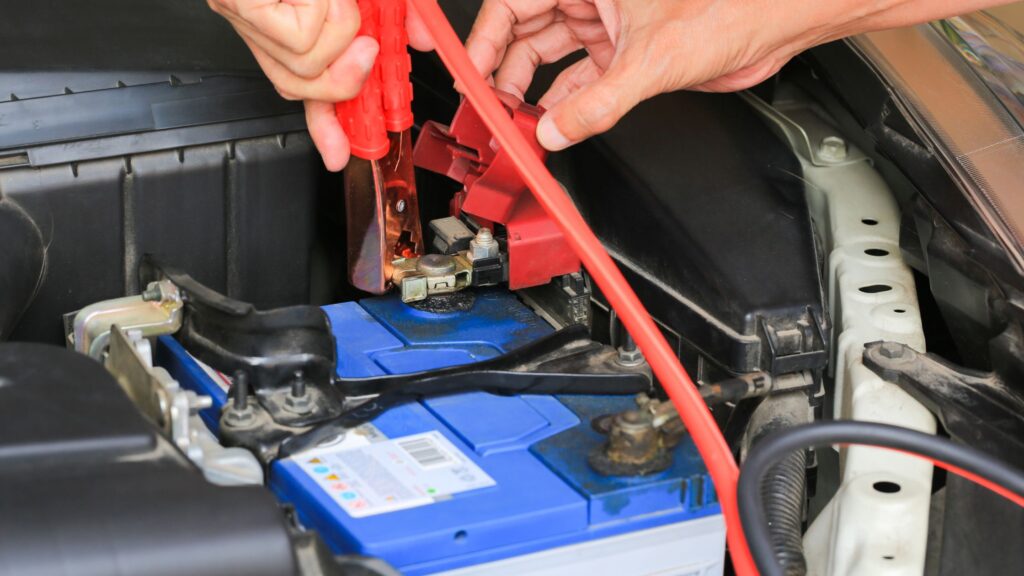
A dead wheelchair battery is a battery that no longer has any juice left in it.
This can be due to a number of reasons, including low battery charge, over-discharging, or even being physically damaged.
If your wheelchair is unable to move because the battery is dead, then you’ll need to get it replaced as soon as possible.
You won’t be able to use it at all, and it could damage other equipment in the room as well.
Dead batteries can cause a number of problems, including:
- Prolonged power outages
- inability to start the chair.
- Difficulties with maneuvering the wheelchair
- Having to be towed or pushed when using it
How To Recharge A Dead Wheelchair Battery?
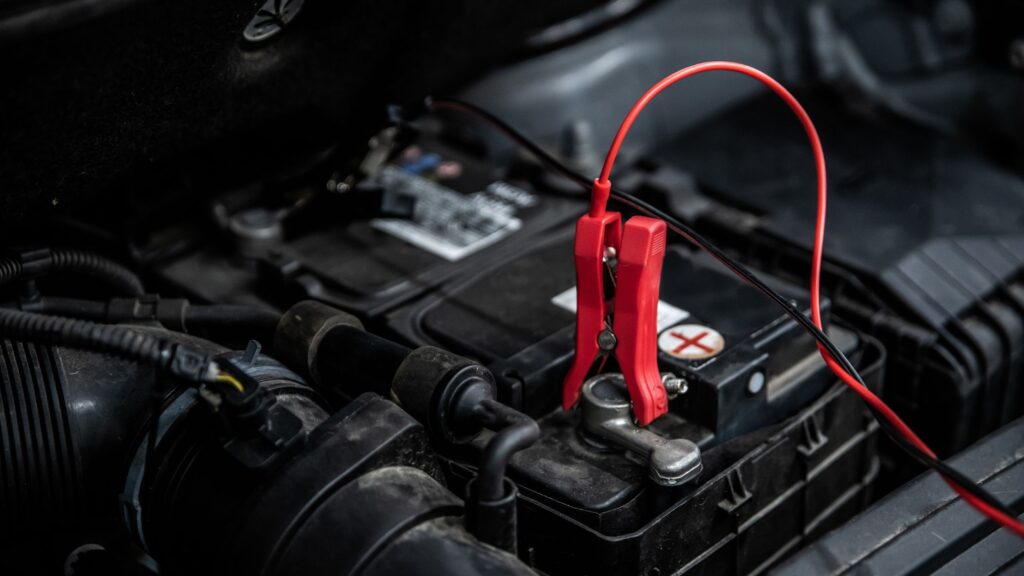
There are a few things you may do to try to recharge your wheelchair battery if you’re having issues.
What If Your Batteries Are Completely Dead?
If your wheelchair or transport chair batteries are completely dead, you’ll need to replace them as soon as possible.
Without a battery, your wheelchair will not work at all. To replace your wheelchair batteries, you’ll first need to remove the screws that secure the battery cover.
Once this is done, you’ll be able to access the battery itself. It will likely be encased in a plastic casing, so be careful not to damage it while you’re removing it.
Once the casing is removed, you’ll be able to unscrew the battery from the chair and replace it with a new one.
Before you put everything back together and replace the screws, help ensure the cover is attached correctly.
What Are The Possible Causes For A Dead Wheelchair Battery?
There are a few possible causes for a dead knee scooter or wheelchair battery, and each one requires a different solution.
The most common cause of a dead wheelchair battery is when the voltage becomes too low to power the chair.
This can be caused by several factors, including incorrect wiring, faulty batteries, or a failing power outlet.
In order to fix this problem, you’ll need to replace the batteries and/or re-wire the chair.
Another common cause of a dead wheelchair battery is when the cable that connects it to the controller fails.
This usually happens because of water damage or wear and tear on the cable itself.
To fix this problem, you’ll need to replace both the cable and the controller.
Occasionally, a wheelchair will cease to function entirely owing to an electrical problem.
In order to diagnose this issue and find out which part is causing it, you’ll need to take apart the chair and inspect each individual component closely.
How To Choose The Best Wheelchair Battery?
Here are some tips to help you choose the best wheelchair battery that may help you to increase the speed of your electric wheelchair.
Size matters:
Remember the battery you purchase will adequately fit your wheelchair. Its size will affect how it functions and how long it lasts, so you don’t want it to be too huge or too small.
Consider the weight:
A heavy battery will be better for high-power wheelchairs, while a lighter battery will work better for low-power wheelchairs.
Durability is key:
Check that the battery is constructed from durable materials that can survive use and abuse.
Choose a brand you trust:
There are numerous reputable and trustworthy wheelchair battery brands on the market, so choose one with a solid reputation.
Think about portability:
Will the battery need to be transported separately? If so, what kind of transportation is available?
Determine your needs:
Do you need an emergency backup battery? Do you need extra capacity? Is rechargeable preferred?
Budget carefully:
Because wheelchair batteries are expensive, take through what you want before buying.
Be prepared for future needs:
Always remember to plan for future upgrades or repairs by having enough wheelchair battery replacement parts on hand.
Beware of knockoffs
Don’t fall for fake wheelchair batteries that look just like the originals but may not be as reliable or durable.
Get help from a professional
If you’re not sure which wheelchair battery to buy or if you have any other questions, get help from a qualified technician at your local store or electronics center.
Conclusion
Tips and tricks aside, sometimes it is impossible to charge a wheelchair battery.
The best way to approach such situations is to ask the customer if they want a new or used battery as an alternative.
If there is no other option, carrying out some basic troubleshooting steps will always help in fixing the problem.
Start by checking whether the terminals of the battery are touching each other properly.
Then, remove any covers from both ends of the battery and examine them for visual signs of damage.
Connect the positive and negative terminals of the battery to a working power source if everything checks out.
If there is still no response from the wheelchair, it may be time for a new battery. Try using a different device and see how it works!

![How Do People In Wheelchairs Drive An Automatic Car – [Updated 2023]](https://perfectwheelchairs.com/wp-content/uploads/2023/01/How-Do-People-In-Wheelchairs-Drive-450x250.webp)
